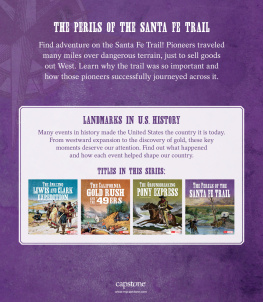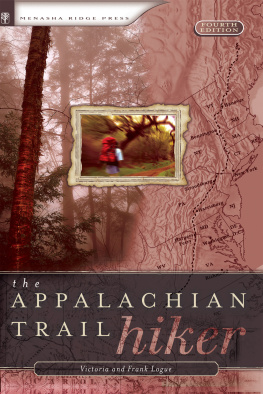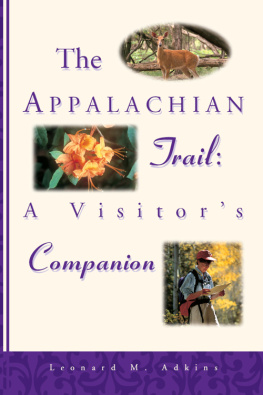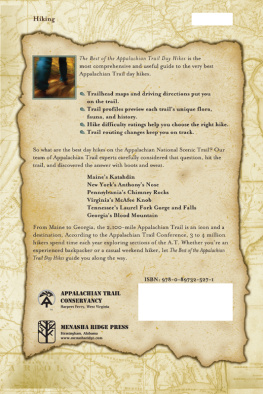The sharp crack of a bullwhip and the cries of the drivers echoed through the air. Thousands of heavy freight wagons headed out of Missouri bound for Santa Fe, New Mexico. The wagons creaked as the oxen strained to pull them.
The wagons carried goods to sell in Santa Fe. Starting in 1804, pioneers using the route opened up the southwestern United States to settlement. The route was called the Santa Fe Trail.
The trail wove through what would become five states Kansas, Oklahoma, Colorado, Texas, and New Mexico. Forts and trading posts sprang up along the trail. Pioneers traveled the trail and settled in the new states. All of the trips, forts, and trading posts helped America grow.
Covered wagons reach the end of the Santa Fe Trail in New Mexico.
Better Wages
Life on the trail and in the West was dangerous but offered better wages. Men rarely earned more than a dollar a day on the East Coast of the United States. Pay for jobs, such as factory work, varied widely. The size of the factory, what the factory produced, and what positions people worked all affected the workers pay. Farmhands in California could earn $60 a month. That wage was four times what most places in the Midwest paid, and twice what factory workers in the East made.
Three hundred years before the opening of the Santa Fe Trail, the Spanish took over Mexico. Spanish Mexico City. They founded Santa Fe in 1610 in what would later be called New Mexico.
Spain forced traders and colonists in Mexico to trade only with them. Spain wanted all the profits for itself. It controlled all the goods in Mexico and taxed them heavily.
The Plaza, shown here, was the center of trading in Santa Fe.
Mexico won its independence from Spain in 1821. The people of Santa Fe were eager to buy North American goods. Traders, such as William Becknell, wanted customers in this new market. Becknell was in Colorodo trading at the time of Mexicos independence. He rushed through the 8,000-foot (2,438-meter) high Raton Pass in the Sangre de Cristo Mountains into New Mexico. This route became known as the Mountain Branch.
After trading in Santa Fe, Becknell went home to Franklin, Missouri. He used his profits to buy huge amounts of luxury items, such as fabrics, mirrors, and jewelry. He also bought three wagons and oxen to carry all the goods. With 21 strong men to help, he again set out for Santa Fe in 1822.
Becknell didnt think his wagons could make it through Raton Pass. Instead, he took what came to be called the says that the first trip through the Cimarron Cutoff was hard. Becknell and his crew didnt find water for three days. But the challenges paid off when Becknell finally sold his goods.
The next year many followed the Cimarron trail. A of 25 wagons set off from Franklin in 1824. They carried $35,000 worth of goods and sold them in Santa Fe at a profit of $155,000.
A young Carson hated his work in the harness shop. He wanted to join the caravan, so he ran away with a wagon train in 1824.

Did You Know?
As a general rule, people can go three minutes without air, three days without water, and three weeks without food. This is why most of the Santa Fe Trail followed access to water.
Christopher Kit Carson
Carson became a famous pioneer of the trail. He spent most of his life as a frontiersman, hunter, guide, and army scout. He died on the trail in Fort Lyon, Colorado, after being thrown from a horse in 1868.
2
THE ROUTE OUT OF MISSOURI
In 1821 the trail started in Franklin, Missouri. At the time Franklin was the town farthest west in Missouri. But floods destroyed Franklin in 1826. By that time a new town called Independence, Missouri, was founded. Independence became the new trailhead of the Santa Fe Trail. Because Independence was 131 miles (211 kilometers) west of Franklin, the trail to Santa Fe would be shorter from there.
Independence, Missouri, around 1855
Did You Know?
Buffalo are only found in Africa and Asia. Bison are from North America and can run as fast as 40 miles (64 km) per hour. They can weigh as much as 1,400 pounds (635 kilograms).
After leaving Independence, settlers saw nothing but bison and treeless prairie for days. After 120 miles (193 km), they reached Council Grove, a town on the Neosho River. The change of scenery was welcome. The stop gave the traders a chance to repair their wagons and to rest in the shade. A large oak tree at the site served as a trail post office. People traveling west left letters in the tree. The letters were picked up and delivered for mailing by people traveling east.
3
THE CUTOFF AND THE MOUNTAIN BRANCH
At first the Santa Fe Trail followed the Kansas River before switching to follow the Arkansas River in western Kansas. The trail continued on to follow the Arkansas River through Kansas. In 1859 the U.S. government set up Fort Larned along the river to help protect travelers. Even though the fort was on American Indian land, tribes did not attack it just pioneers on the trail. However, the Kiowa tribe once stole 172 horses from Fort Larned.
As the trail and river neared Dodge City, Kansas, pioneers had to choose between the Mountain Branch and the Cimarron Cutoff. The Mountain Branch was about 900 miles (1,448 km) long and stayed safely away from Comanche territory. While using the Cimarron Cutoff increased the risk of American Indian attacks, it also shortened the trail by 100 miles (161 km).
Soldiers at Fort Larned protected the Santa Fe Trail 70 miles (113 km) either way from the fort.
Dangerous River Crossings
River in territories did not have bridges, so pioneers looked for shallow water when crossing. Fording rivers crossing shallow points was one of the most dangerous parts of traveling by wagon. Before crossing, pioneers waterproofed the wagons by filling in cracks with a wax paste made from candles and ash. Settlers and animals would swim across, while oxen or mules would pull the wagons through the river. Wagons could tip, and people could drown. Sometimes the river was too high to ford. Pioneers would try and float their wagons across the river an even more dangerous situation.















